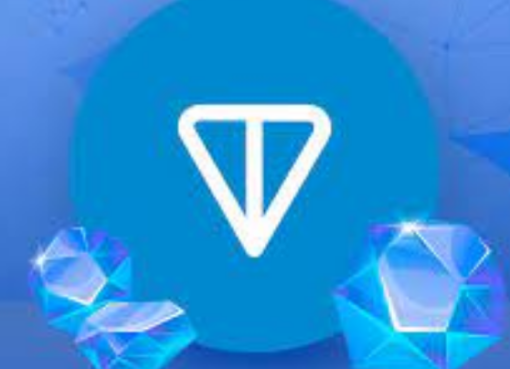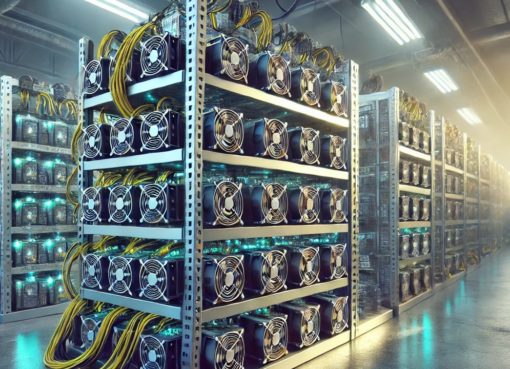Art Blocks, the computer-generated digital art market where chromatic squiggles have commanded millions of dollars, raised $6 million in an equity round co-led by Galaxy Interactive, Galaxy Digital’s entertainment-focused venture fund.
Calderon said on CryptoX’s “Opinionated” podcast that Art Blocks received investments from venture capital firms True Ventures, Collab Currency and Libertus, as well as crypto investment communities Flamingo DAO and The LAO.
The round closed in August, before Art Blocks exploded into the NFT mainstream as a hub for so-called “generative” art created by algorithms and code.
Its geometric, sometimes psychedelic computer creations have generated over a billion dollars in trading volume atop the platform, according to data compiled by Nonfungible.com.
“It’s been a great ride,” Calderon said on the Oct. 6 episode of “Opinionated.” A “blockchain nerd” and entrepreneur who runs an artisanal tile import business in Houston by day, he said his 11-month-old hobby has completely taken off.
His own stock has risen just as fast. “Snowfo,” as he’s known, is now one of the minor celebrities of the NFT space. It’s a role Calderon said he was still coming to terms with.
“I’m literally just afraid of saying something that will trigger people into buying something or selling something,” he said. “People are very well aware of the influence that they carry in this space and I think some people wield it very, very, very well and some people wield it I think in a scary way.”
Art Blocks on the rise
For Art Blocks, however, the focus is on growth. Calderon said in an earlier interview that the cash will fund an engineering team expansion. He’s targeting 10 full-time engineers by the end of the year, and perhaps double that by mid-2022.
It’s a major turnabout for a website that scraped by for its first 10 months atop a backend built on novice code, Calderon said. For half a year it was him, one full-time coder and one part-time engineer keeping the NFT platform afloat.
Art Blocks began courting the “established” artists even before it fully launched. Jeff Davis, a digital artist whose geometric pieces have been exhibited in museums, joined early and is now chief creative officer. His presence helped prompt a rush of “hundreds” of artist-applicants hoping to list their works on Art Blocks.
How it works
Their work is united through ones and zeros – and not much else. Generative artists write code in lieu of canvas and paint. When a computer reads their programs, it spits out the resulting work. The iterations are endless.
“With generative art, or algorithmic art, you might spend 40 hours building an algorithm that is shaped and tweaked and finessed into producing seemingly unlimited outputs,” Calderon said.
What makes a specific, generative project brilliant – or really the ones that stand out – are when you press the spacebar, and the entire output changes. And it’s compellingly different and still beautiful, and you still know that it belongs to that same algorithm.
Generative art as a practice predates NFTs by decades, Calderon said; Ethereum is hardly a necessity when it comes to computerized masterpieces. But the blockchain allows for digital ownership to thrive online.
He isn’t focused on these metaverse creations breaking through to the meatspace. An installation in the Guggenheim would be nice, he admits, and he thinks modern art museums will come around. But an Art Blocks exhibition isn’t the benchmark for success.
Instead, he’s focused on building up the generative art scene.
“We just want recognition that this is an art form, like, a legitimate art form, because it’s something that people have been pouring their lives into for years, and it’s just never really been a widely recognized form of art.”
Listen to “Opinionated” for the full story:




